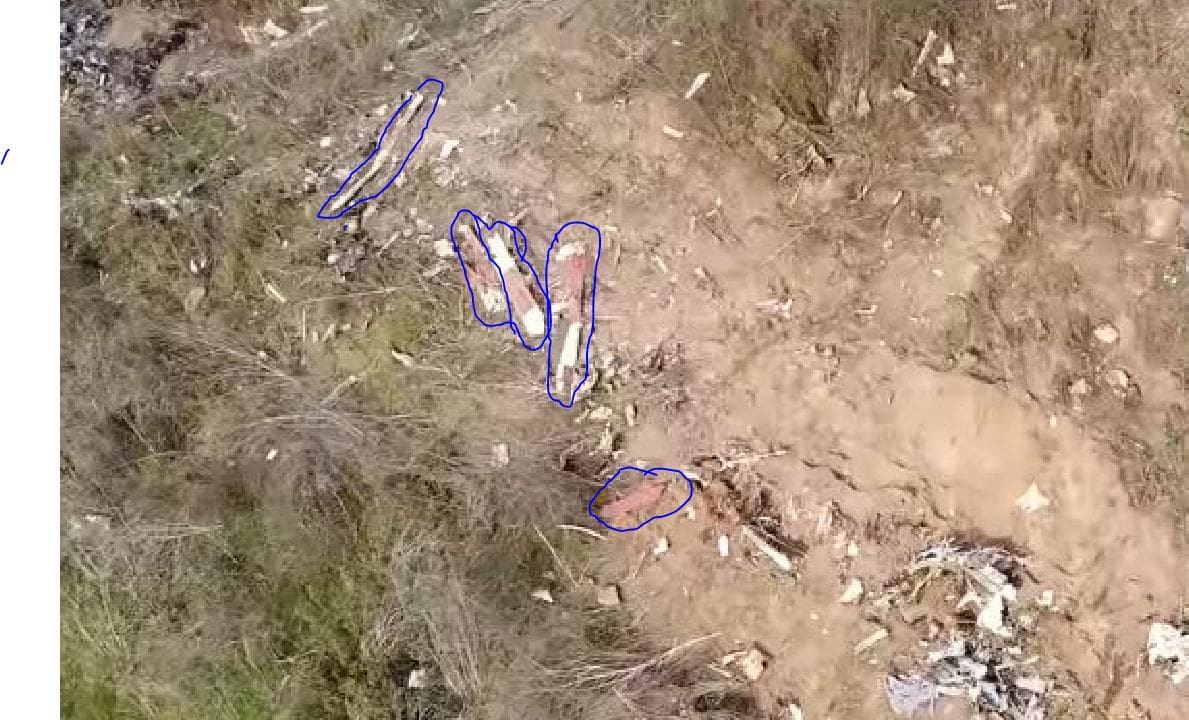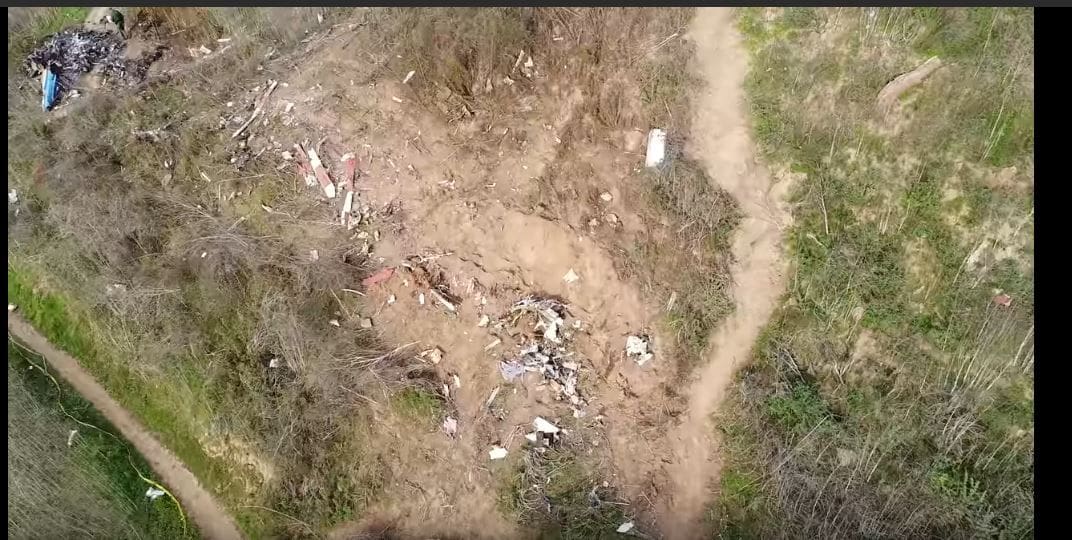Originally Posted by
Arnie Madsen
Fair enough sandiego89 .... I agree that I should have said the blades are JUST PAST the impact zone (in my original post I said AT the impact zone) .
But I still speculate the machine must have been mostly inverted (blades hit the dirt first) because they all broke off (rather cleanly) and at the same time (at impact crater) ...... then they would have bounced a bit to where they are in middle of the picture .... and the main fuselege traveled a bit farther because of the larger mass .
In any other scenario , such as a steep turn , the blade tips would hit first and sections of blade would fly off in all directions away from the main site.
I cannot think of any other way the blades could all be completely severed and remain in one spot. Hope that makes sense. Thanks.
.


I've seen an estimate that the rotor turns at around 350 RPM; if that is wrong then the rest of this will be too, by whatever the proportion of error is in that number. That means that the rotor is turning at nearly 6 rotations per second, (350/60), so 1/6th of a second for a full rotation. If the copter was going say, 150 mph, that's 220 feet per second, so one rotation would be amount to 44 feet of travel. As each of the 4 blades strike the ground, the next blade would hit at 1/4 of that, or about 11 feet. The blades are 22 feet intact, so the over lap could be 50%.
The blades would have some forward momentum, but they would all have the same momentum, and should end up roughly the same distance from their individual initial impact sites. The large imbalance in the rotor head could have quickly dispatched that connection to the drive; it is different than most blade shedding that I've seen videos of where the pilot would be involved in shutting off power and the rotor head remains with the helicopter fuselage even as blades are flung from the accident. In those cases the imbalance causes each blade impact to be in a different location as the fuselage pivots on the ground. In this case, there is the distinct possibility that nearly 1300 shaft horse power was being dumped into the rotor at the same time the unbalance was increasing and with the last blade left, broke that connection, allowing the momentum of the stubs to carry the rotor head separately. If the blades were striking on the retreat side their velocity relative to the ground would be largely reduced, not nearly to zero by any means, but a lot.
tl;dr I would discount the helicopter being inverted at the crash site; It looks more like the main fuselage crumpled at an initial impact, allowing the rotor blades into substantially level contact with the tips hitting the hillside, and the engine and drivetrain, tailcone, and rotor head separating and continuing on, carried by momentum to their various end points. It just appears unusual because it's a rare type of crash. An open field accident, chopper stationary on the ground, usually flings blades randomly, but this only shares that a helicopter was involved.